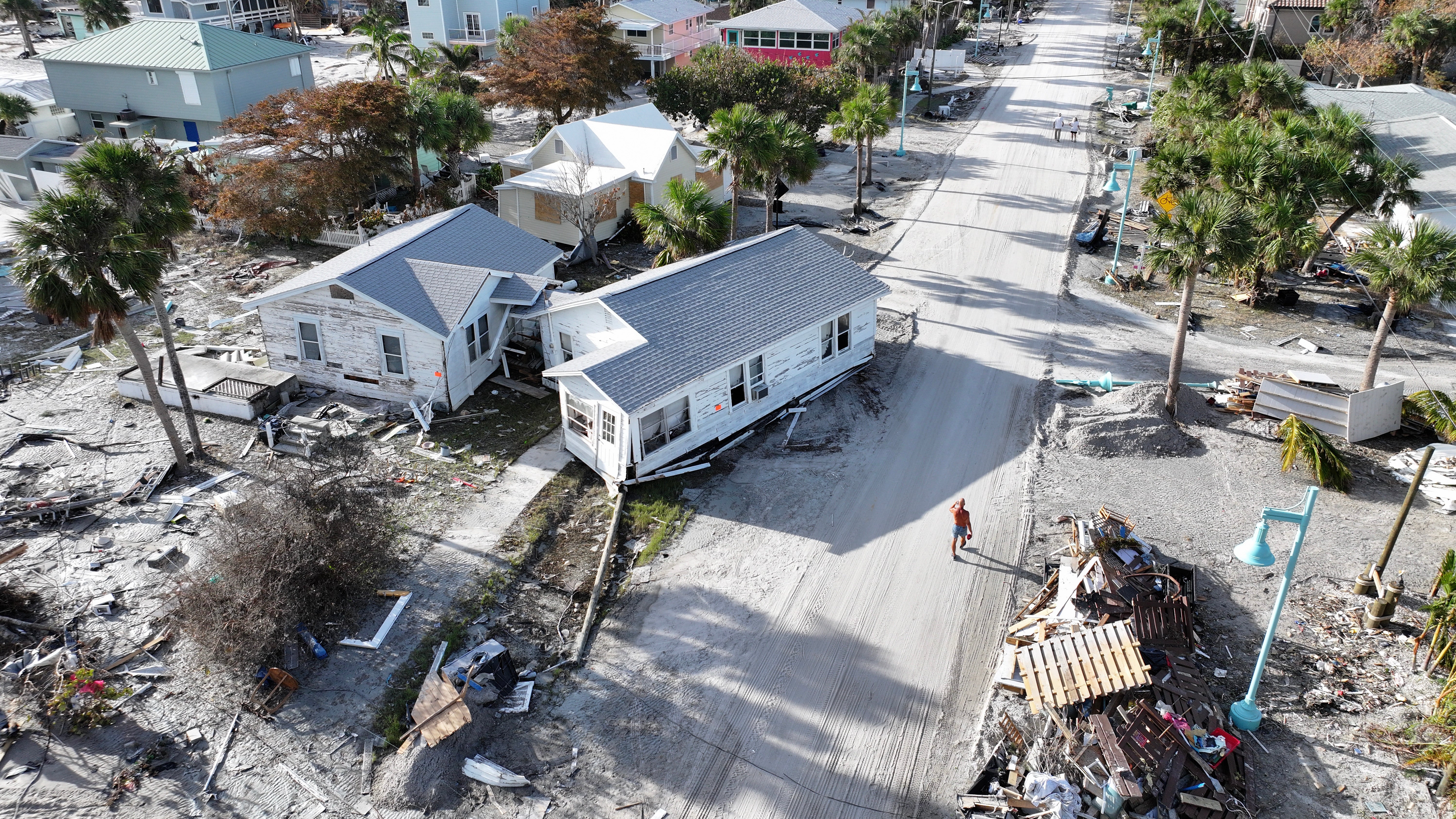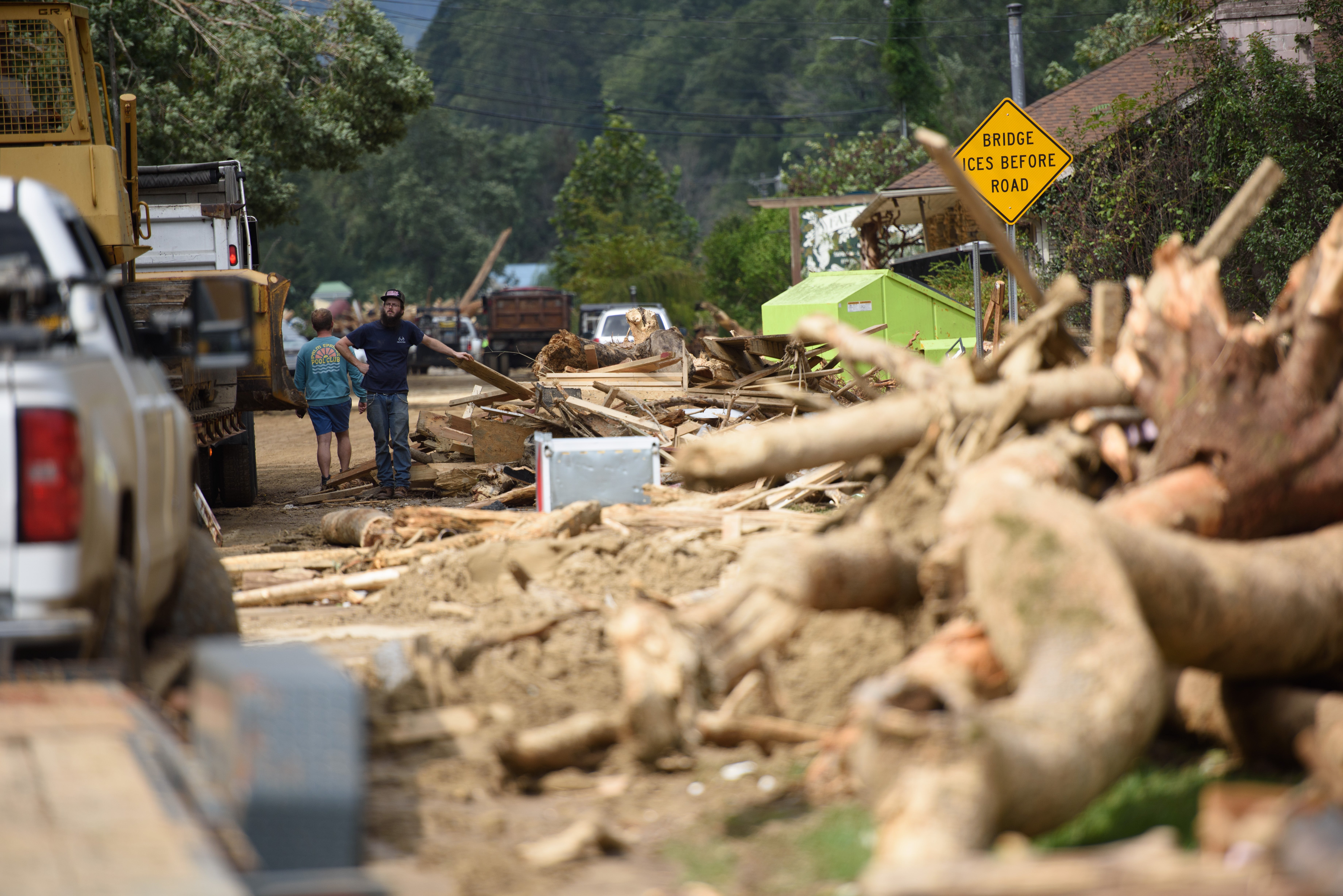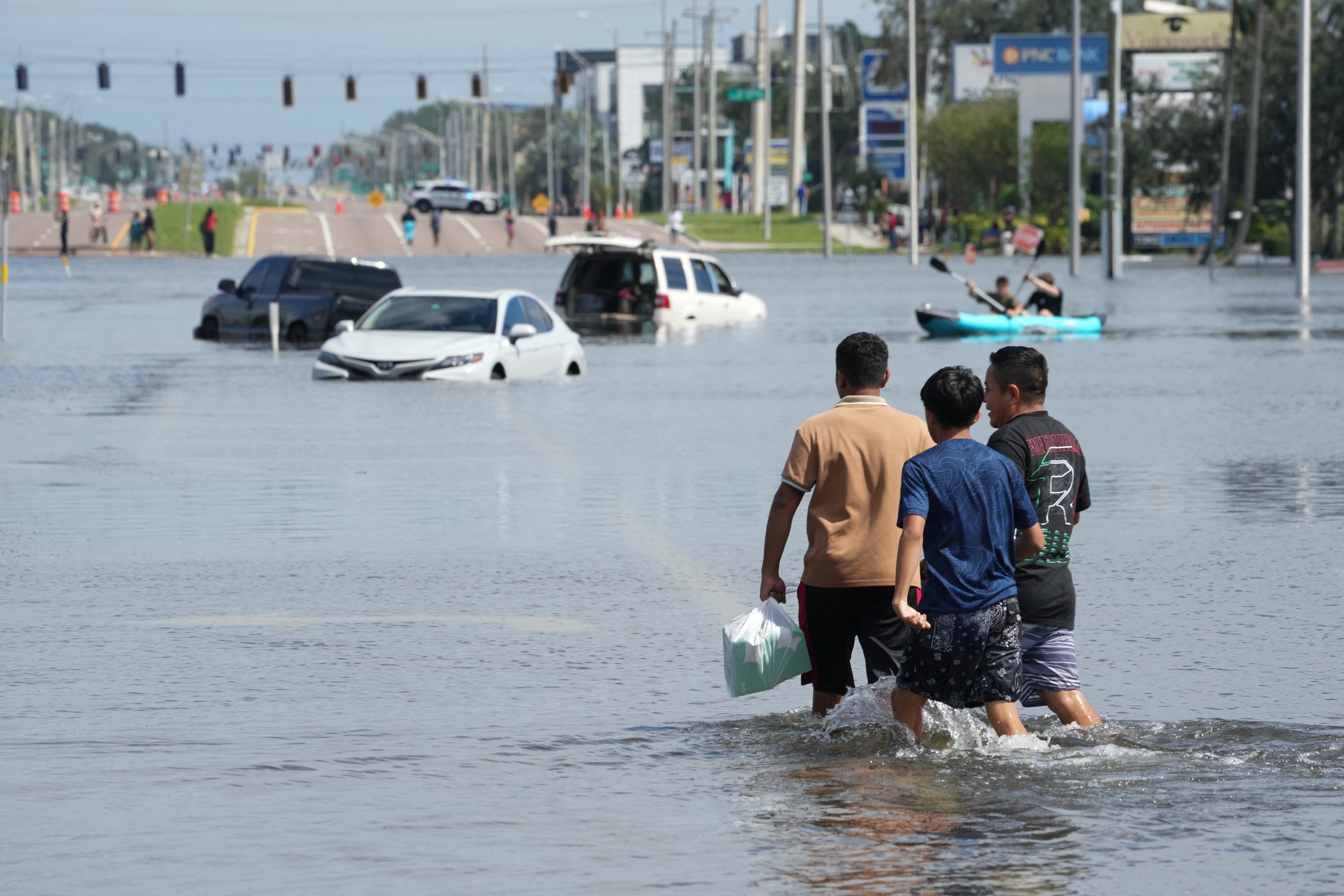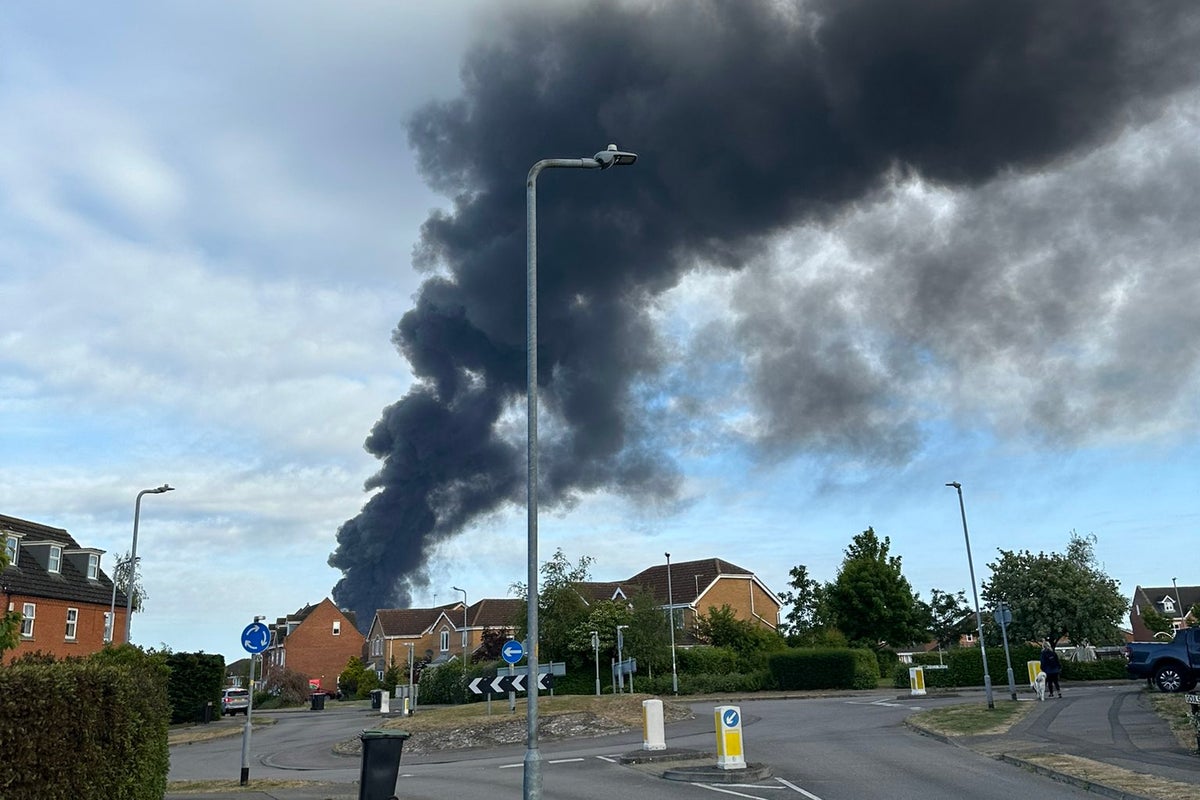The U.S. is in for another above-average Atlantic hurricane season, the National Weather Service said Thursday.
Forecasters have predicted 13 to 19 named storms, with 70 percent confidence. Of the six to 10 hurricanes in their outlook, three to five are expected to reach Category 3 strength or higher. The first named storm will be Andrea.
“Everything’s in place for an above average season,” National Weather Service Director Ken Graham told reporters at a press briefing in Louisiana.
The conditions tied to the forecast are driven by climate change — although the words were not uttered once by Graham in response to a related question from The Independent and other outlets. He did acknowledge related consequences, including heavier rainfall rates.

One the the driving factors, that also helped supercharge last year’s cyclones, is the abnormally warm sea surfaces temperatures, according to Graham.
Furthermore, there is the potential for higher activity from the West African Monsoon, which is a primary starting point for Atlantic hurricanes.
We are also in a neutral phase of the El Niño–Southern Oscillation climate pattern. Being in a neutral phase means there’s not much to get in the way of favorable hurricane conditions in the Atlantic, the National Oceanic and Atmospheric Administration Climate Prediction Center’s Matthew Rosencrans explained.
All of these factors could result in a season on par with 2024, which started slow but finished within the range of the predicted number of storms, costing hundreds of billions of dollars. There were 18 named storms and five major hurricanes; including Beryl, Helene, and Milton. Hitting Texas, Beryl was the earliest Atlantic basin Category 5 on record. Milton and Helene slammed Florida, North Carolina, and the Southeast in a one-two punch.
Clean up in the Tar Heel state has taken months, continuing amid smoldering wildfires and other wet weather.
It will continue into the June 1 start of the hurricane season and likely through its November 30 end date. Notably, researchers have suggested that climate change is extending the seasonal range, in addition to fueling ocean temperatures and making hurricanes faster and stronger.

Now just days before its start, the agency’s leadership is fielding questions about impacts to its operations at the hand of the Department of Government Efficiency and the behest of the Trump administration. Layoffs impacted forecasters, climate scientists, hurricane hunters, and other critical staff members earlier this year, with implications that many said could be dangerous — or even deadly. Since then, the agency has reportedly taken down NOAA climate pages and announced it is retiring a tool to track the nation’s billion-dollar weather and climate disasters.
Following the layoff of hundreds — which have reportedly continued into this month — and calls to hire more staff, NOAA Acting Director Laura Grimm assured that the hurricane center “is fully staffed up and we’re ready to go.” Graham repeated the sentiment, saying they would make sure employees have the resources they need now and in the long-term.

Ultimately, the message was for Americans to do the same, and get supplies before they need them. Graham noted that effects may be outside the cone of error and that danger persists after the storms has passed.
“We’re ready here at NOAA. Are you?” he asked.



